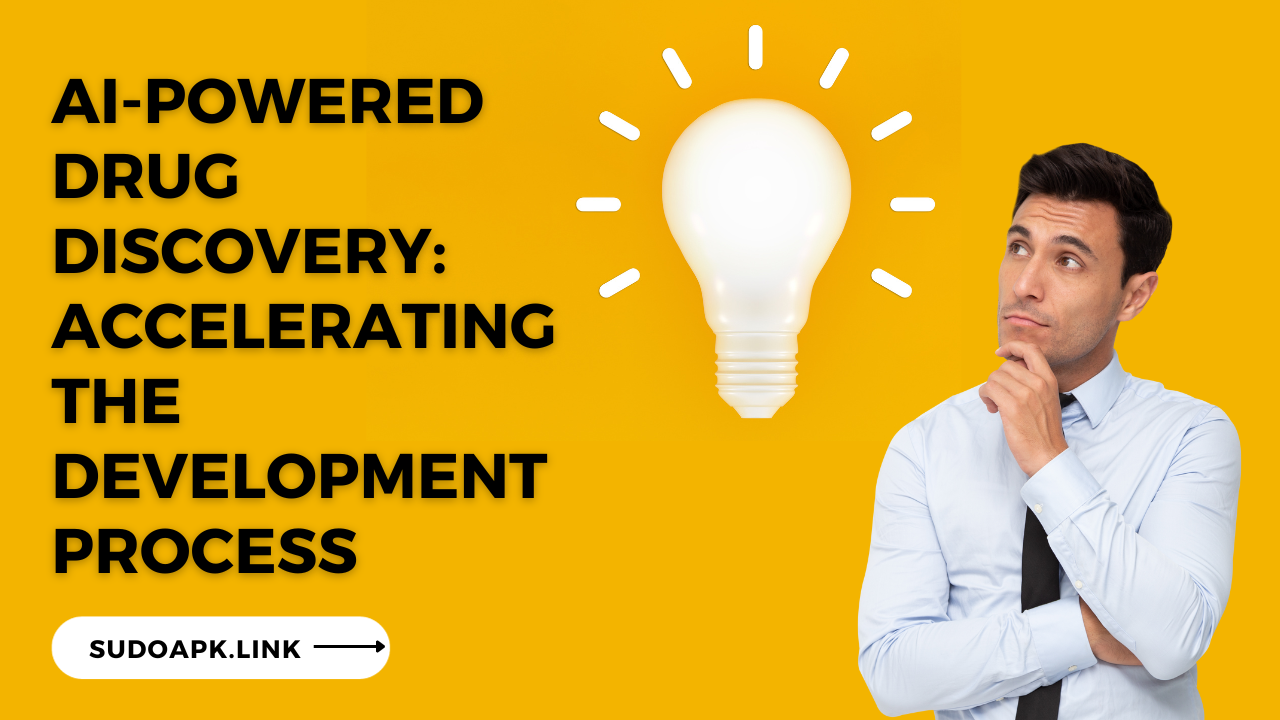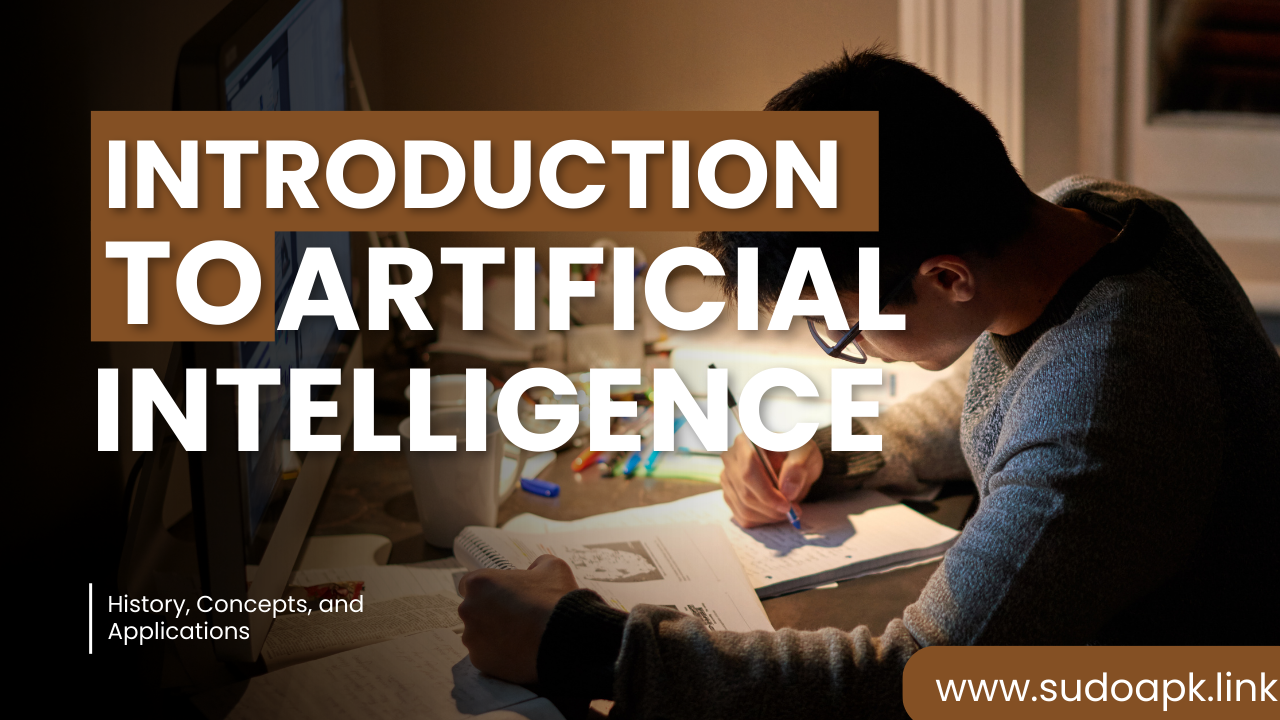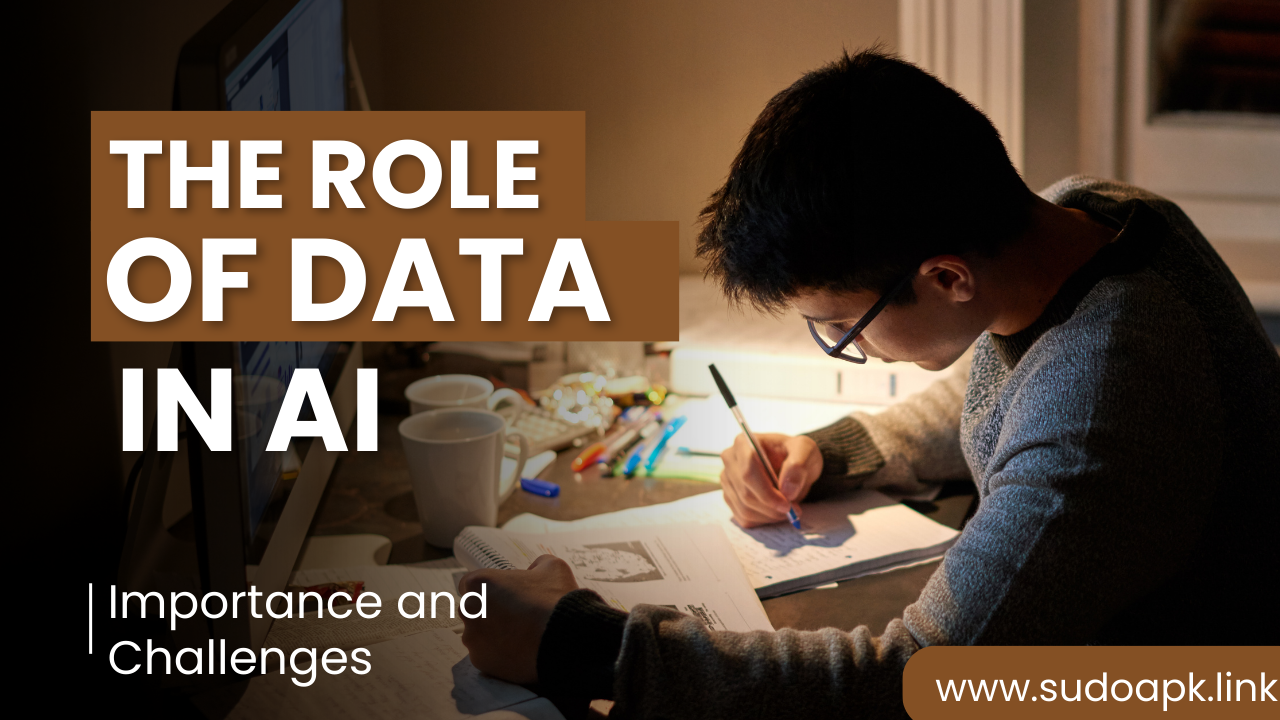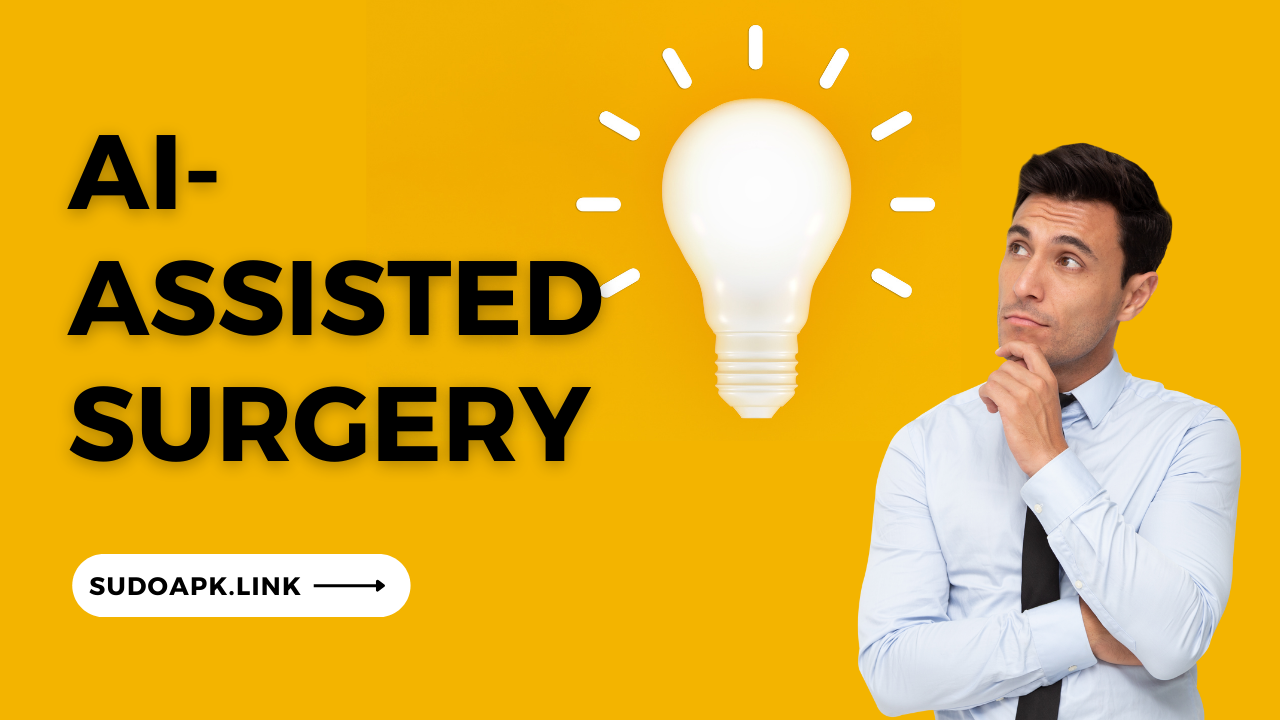

Ensemble Learning: Bagging, Boosting, and Stacking
Ensemble learning refers to combining multiple machine learning models together to produce superior predictive performance compared to a single model. This article provides an in-depth overview of the most popular ensemble learning methods: bagging, boosting, and stacking.
Introduction to Ensemble Learning
Ensemble learning aims to improve model performance by combining predictions from multiple machine learning models. This helps reduce variance (bagging), bias (boosting), or both (stacking). The main premise is that a group of weak learners can come together to form one strong learner.
Some key benefits of ensemble learning include:
• Improved Accuracy: Ensembles can reduce error rates by averaging out biases.
• Robustness: Combining diverse models avoids reliance on one, reducing risk.
• Scalability: Ensemble approaches parallelize and scale well to large datasets.
While training multiple models increases compute time and resources relative to a single classifier, ensembles tend to achieve higher predictive performance. As compute resources expand and models become easier to implement, ensemble methods grow in popularity.
Overview of Bagging
Bagging, or Bootstrap Aggregating, aims to reduce the variance associated with a machine learning model. Variance refers to the amount of variability in the model prediction for a given data point. High variance can lead to overfitting.
Bagging works by training multiple base models on different random subsets of the training data. Then it averages the predictions from all models to make a final prediction. By training on different slices of data, the models are diversified. Combining predictions averages out some noise to reduce variance stemming from particular nuances of the training data.
Some properties of bagging:
• Base Models: Uses the same base algorithm for every model, just with different data. Common choices include decision trees, linear regression, and linear classifiers.
• Parallel Training: The base models can train in parallel since they operate independently on different slices of data. This improves computational efficiency.
• Prediction: The predictions from all base models are aggregated through voting or averaging to make overall predictions.
The two most common bagging methods are Random Forests and Adaptive Boosting:
Random Forest Algorithm
Random forest is arguably the most popular bagging algorithm. It builds a large collection of de-correlated decision trees and averages their predictions.
Each decision tree is trained on a random subset of features, rather than the full set of features. This introduces randomness into the model fits of the trees, further decreasing correlation between models. Adding more trees to the forest reduces variance without substantially increasing bias.
The predictions from each decision tree are averaged through voting for classification tasks or simple averaging for regression tasks. This bagging process reduces variance and helps avoid overfitting compared to an individual decision tree.
Boosting Methods
Unlike bagging, boosting aims to improve model performance by incrementally reducing bias. Bias refers to the systemic mismatch between predicted and actual values. Boosting iteratively trains models on the residuals - or mistakes - of prior models in order to boost predictive accuracy.
AdaBoost: The first mainstream boosting method is Adaptive Boosting (AdaBoost). It assigns higher weight to misclassified training observations and recalibrates the model to focus on hard examples.
Specifically, AdaBoost:
- Starts with an evenly weighted dataset to train an initial base classifier
- Iteratively evaluates performance of the base classifier, increasing the relative weight of misclassified instances
- Fits a new classifier on the reweighted data, focusing learn on errors
- Predicts by taking a weighted majority vote of all classifiers
This concentrates model capacity on hard examples previously misclassified.
Gradient Boosting: Another popular technique is gradient boosting. While AdaBoost modifies only the instance weights at each boosting iteration, gradient boosting fits the base models to pseudo residuals. This means each sequential tree is fit directly on the residual errors of its predecessor. This strategy generally achieves superior performance.
XGBoost and LightGBM are two leading libraries implementing gradient boosting with decision tree base models. They utilize regularization and advanced algorithmic optimizations for blazingly fast performance and high predictive accuracy.
In summary, boosting reduces bias and variance by focusing capacity on hard examples using sequential training. Bagging reduces variance using parallel training.
Comparing Bagging and Boosting
Bagging and boosting utilize model ensembling in different ways:
Bagging:
- Trains models in parallel
- Models trained independently
- Reduces variance
- Effective with complex base models
Boosting:
- Trains models sequentially
- Each model learns from previous models
- Reduces bias and variance
- More impacted by base model complexity
So bagging and boosting are complementary ensemble techniques applicable to different situations. Boosting can achieve greater accuracy gains when model capacity allows capturing complex relationships. Bagging methods perform well with intrinsically complex models like large decision trees.
Using Stacking to Combine Different Models
A more advanced ensemble technique is stacking, which combines predictions from totally different base models. Both bagging and boosting operate on the same base model (e.g., decision trees), simply modifying the data or prediction objective.
But stacking trains a secondary model to arbitrate between the predictions of disjoint base models like logistic regression, SVM, random forest, etc. This leverages a wider range of biases to improve overall predictions.
For example, a stacking ensemble may train separate logistic regression, decision tree, and SVM models. Then it feeds their predictions into a blending model like a neural network or gradient boosting machine to make an optimal final prediction.
The key steps in stacking are:
- Split data into train, validation, and test sets
- Train diverse base models on the training data
- Make predictions on validation data using base models
- Feed validation predictions into blender model to train final model
- Make final predictions on test data by combining independently derived predictions
Stacking expands on bagging and boosting by blending different modeling approaches. It is more complex but can achieve superior predictive performance when base models sufficiently capture different relationships.
Comparing Ensemble Learning Techniques
Bagging, boosting, and stacking ensemble learning techniques leverage model diversity to improve machine learning results:
Bagging:
- Trains parallel base models on different data
- Reduces variance
- Leads: Random Forests
Boosting:
- Trains sequential models on iteratively updated data
- Reduces bias and variance
- Leads: AdaBoost, Gradient Boosting
Stacking:
- Trains different models then blends predictions
- Reduces bias and variance
- More complex but can achieve best performance
Boosting and stacking achieve the greatest gains by expanding model diversity beyond different training data like bagging. However, all ensemble methods lead to accuracy improvements relative to a single estimator.
Implementing Ensemble Learning in Python
Python offers excellent libraries for applying all types of ensemble techniques:
- Bagging: sklearn BaggingClassifier or BaggingRegressor
- Random Forest: sklearn RandomForestRegressor or RandomForestClassifier
- AdaBoost: sklearn AdaBoostClassifier or AdaBoostRegressor
- Gradient Boosting: xgboost, lightgbm, catboost or sklearn GradientBoostingClassifier
- Stacking: train base models then blend with sklearn StackingCVClassifier
The train/validation split and out-of-fold predictions used to train the final blender in stacking can be implemented manually or via sklearn’s StratifiedKFold cross-validator. The specifics vary across problem types and datasets, but Python’s stack of open-source libraries provides the necessary tools.
Conclusion
Ensemble methods leverage multiple machine learning models to produce superior predictive performance. This article explained the main techniques:
Bagging: Averages parallel model predictions to reduce variance
Boosting: Iteratively trains models on errors to reduce bias
Stacking: Blends different models to improve overall predictions
Ensembles counter the flaws of individual models by combining diverse, independent views. All ensemble schemes have proven highly effective on supervised learning tasks. Python provides excellent open-source libraries like Scikit-Learn and XGBoost to efficiently implement ensemble learning.
Popular articles

Dec 31, 2023 07:04 AM

Jan 06, 2024 06:56 AM

Dec 31, 2023 06:48 AM

Dec 31, 2023 07:22 AM

Jan 01, 2024 09:54 PM
Comments (0)